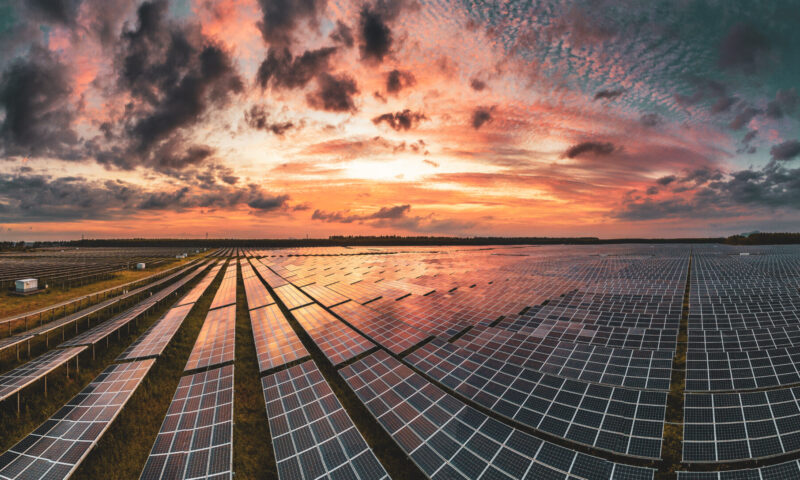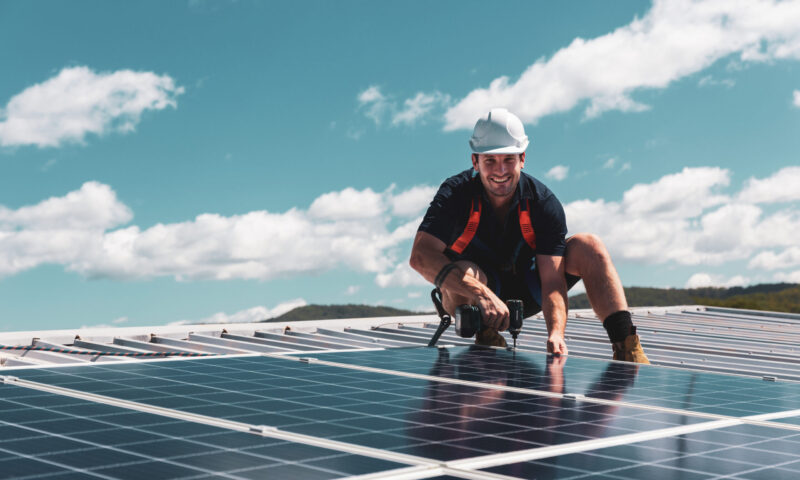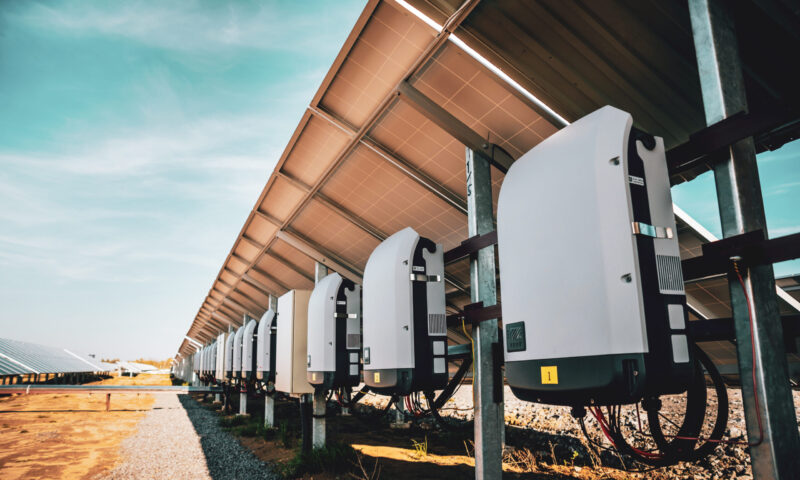Tematyka artykułu:
How many panels are needed to produce 1kW?
These are the next questions in a series of questions you probably ask yourself when you start thinking about setting up your own PV installation, because without knowing this topic it is simply impossible to determine how many panels you need to meet your home’s electricity demand.
Most importantly, remember that the power of the panels specified on the nameplate is the value obtained under standardized test conditions, allowing for an accurate comparison of the performance of individual types of solar batteries.
The Nominal Power value is an indication of the amount of energy produced per hour of operation under maximum exposure to the sun and in undisturbed conditions. It is most often assumed to be 1000 W per m2 in relation to the instantaneous solar radiation power, and the test takes place at a temperature of 25oC and a wind speed not exceeding 1 m/s.
In natural conditions, the generating potential of our installation is of course variable, so the amount of energy produced varies on a daily and yearly basis and depends, among other things, on the type of panels we use, but also on the angle of the roof, the degree of its shading, or weather conditions, as we mentioned earlier.
Photovoltaic panels currently available on the market generate on average from 290 to 400 W of energy. To illustrate the topic, let’s assume that we will use the most popular option, i.e. a 330 W panel that, working for an hour at maximum power, will generate 330 Wh of energy.
Similarly, for our yields from a photovoltaic installation to be approximately 1 kWh, we need three panels working simultaneously.




